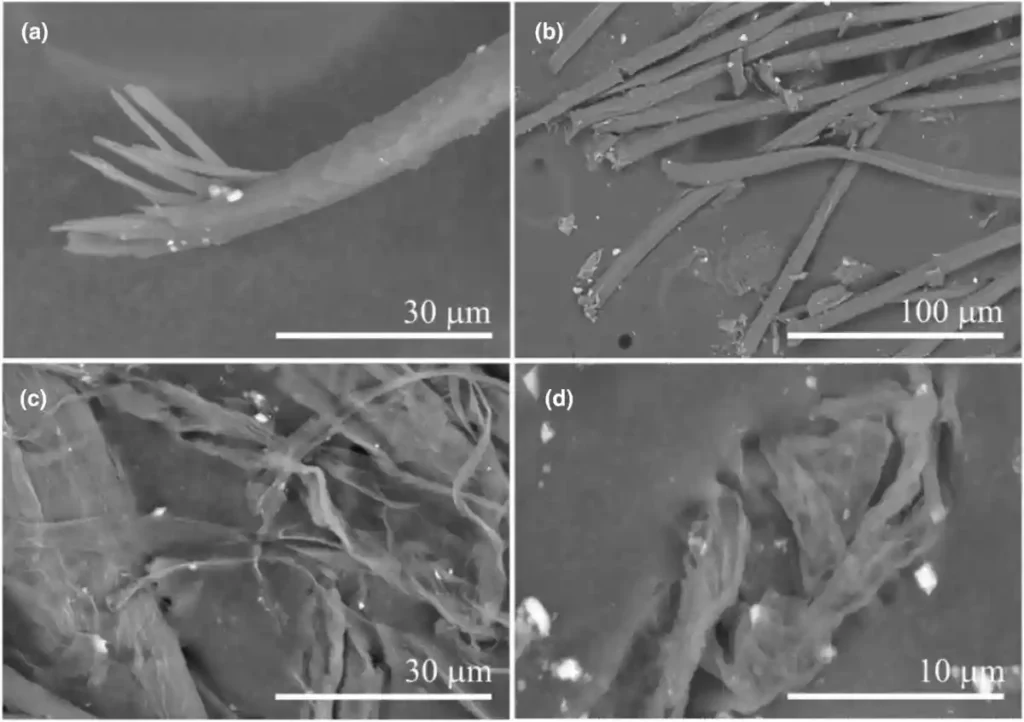The Ryugu asteroid sample was colonized by terrestrial life

Panspermia is the hypothesis suggesting that life can endure and spread between planetary bodies, offering an alternative pathway for the emergence of life on planets within a solar system. The discovery of extraterrestrial life on asteroids or embedded within meteorites would significantly deepen our understanding of life’s origins and its potential distribution across the universe.
Reports of microorganisms discovered in chondritic meteorites have long sparked debates about the possibility of extraterrestrial life reaching Earth and its role in the origins of life here. While many studies have attributed these microbial signatures to terrestrial contamination, the argument that they might be extraterrestrial in origin persists.
Adding to this discourse, researchers from Imperial College London revealed that a space-returned sample from asteroid Ryugu was swiftly colonized by terrestrial microorganisms, despite strict contamination control measures. This finding highlights the challenges in distinguishing between Earth-based contamination and genuine extraterrestrial life.
In the study titled “Rapid colonization of a space-returned Ryugu sample by terrestrial microorganisms,” published in Meteoritics & Planetary Science, researchers examined a minuscule particle (1 × 0.8 mm) known as sample A0180. This sample was collected by the JAXA Hayabusa 2 mission from asteroid 162173 Ryugu.
To ensure minimal contamination, the sample was transported to Earth in a hermetically sealed chamber and opened in a nitrogen-filled class 10,000 clean room. Each particle was carefully handled with sterilized tools and stored in airtight containers under nitrogen. Prior to analysis, the sample underwent Nano-X-ray computed tomography and was embedded in an epoxy resin block for further investigation using scanning electron microscopy.
Organic rods and filaments, interpreted as filamentous microorganisms, were identified on the surface of the Ryugu sample. These structures displayed variations in size and morphology that closely resembled known terrestrial microbes. Interestingly, their abundance fluctuated over time, suggesting the growth and decline of a prokaryotic population with an estimated generation time of 5.2 days.
Population analysis revealed that these microorganisms likely resulted from terrestrial contamination during the sample preparation process, rather than being native to the asteroid. This finding underscores the challenges of distinguishing between Earth-based contaminants and potential extraterrestrial life forms in such studies.

The study concluded that terrestrial microorganisms had rapidly colonized the extraterrestrial material, despite stringent contamination control measures. To address this challenge, researchers emphasized the need for enhanced contamination control protocols in future sample-return missions to prevent microbial colonization and preserve the integrity of extraterrestrial samples.
A key obstacle in achieving contamination-free sampling is the inherent challenge of collecting extraterrestrial material using tools and equipment developed on a planet teeming with microbial life. This highlights the need for innovative strategies to minimize contamination risks in the exploration of celestial bodies.
NASA takes extensive measures to prevent the introduction of Earth microbes to Mars by assembling probes and landers in meticulously controlled cleanroom environments. Despite these efforts, the task has proven to be extraordinarily difficult. Some microbial species have been discovered in NASA cleanrooms that not only resist disinfection methods but also adapt by using cleaning agents as a food source.
These resilient microorganisms highlight the persistent challenge of maintaining planetary protection and preventing contamination during interplanetary missions.
The research was published in the journal Meteoritics & Planetary Science.






